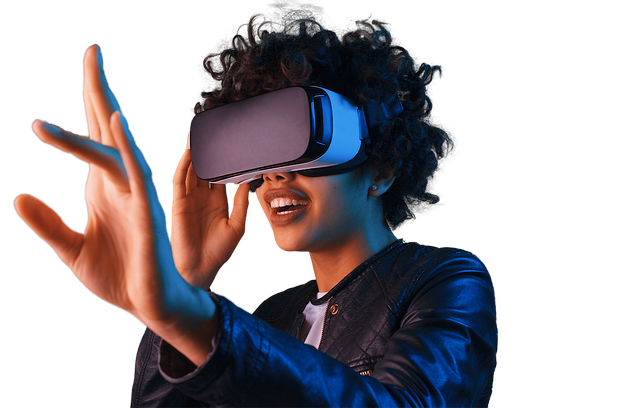Words: Team THINKWELLNESS360
It’s often said, as also realistically, that technology makes some of the same promises as religion. Pledges like security, link with others, a handhold in history, and so on. The point also is: just as surely as its ‘favours’ accumulate, there may be a point where it can also fall ‘asleep.’ You could, at that particular moment, say there’s something of the divine in it that is beyond our control.
Virtual Reality [VR], the technology of the ‘soul,’ reveals there’s nothing that cannot be built into a virtual environment. Advocates of VR believe that there’s something in such an environment that naturally leads our cyberspace to ecstatic heights of religious, or spiritual, experience. Besides, it’s thought that dream awareness and consciousness in the virtual environment are for all sensible purposes similar. It is this aspect that makes VR a technology for rewriting — in computer code — a dream connection to religion and also spirituality in a relative sense.
In Real Time
If the transmission of values and cultural information is one form of VR, the other is the creation of the Dionysian experience — the idea of it happening in real time. You got it right. The two activities require people to be in the same place at the same time. Hence, our cyberspace has the potential of being able to make real space sail away as one big ‘go-between’ of experience. Besides, it can make real space ‘whirl,’ while maintaining the ‘living presence’ of a person, or an event. As a result, one could always express things with confidence — that we all have a ‘grip’ in the living presence of the world.
This is also a linear perspective, or view — a perspective which began as an artistic technique during the Renaissance. It is a point of separation, a window, too, between us and the world, and between the artist and the material world that is to be portrayed. It is also the centre point — a point of reference which breaks down the material to be represented by orderly systems.
You may think of VR as a formal explanation of the natural fact of vision; a trick too. Great. However, it is difficult to see the outside of its linear perspective — one that affirms to the power of its technological picture. Photography, TV, and computers, have all imposed their conditions on our experience. They have become the frontiers between the self and the world, and helped promote the ‘onlooker consciousness’ and connect.
More Than Remote Control
Some images of such a fare are familiar and come easily: a solitary soul pining for friendship; or, hitting the keyboard; a family ‘glued’ to TV, the only movement among them being the sluggish rise and fall of fingers on the remote control. Such images grace e-greeting cards and make us smile too. Yet, they illustrate the bodiless attendance of the beholder; for ‘emphasising’ the eye as the means of access to the world. It’s also something that de-emphasises our other senses.
The most vital difference is in the way each gives itself to you. A virtual object can hold only so much information as the programmer puts into it. Yet, this is not something that can be remedied by the usage of the right software. Besides, this system should necessarily allow the unknown in some form — one that should not unsettle us, but rather turn us towards the dream body. Why? To draw up its ‘flavour’ as illumination.
In other words, it is possible to rewrite our dreams into a virtual environment. How, you may well ask. Answer: by giving the stride of technology and its capacity to reproduce specific scenes and ‘engineer’ them to individual tastes.
Wait a moment. Because, in the days ahead, with more wondrous technology on the anvil, it may be possible to make a virtual object resemble an object from a dream scene, no less.

